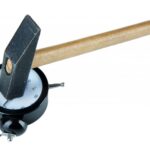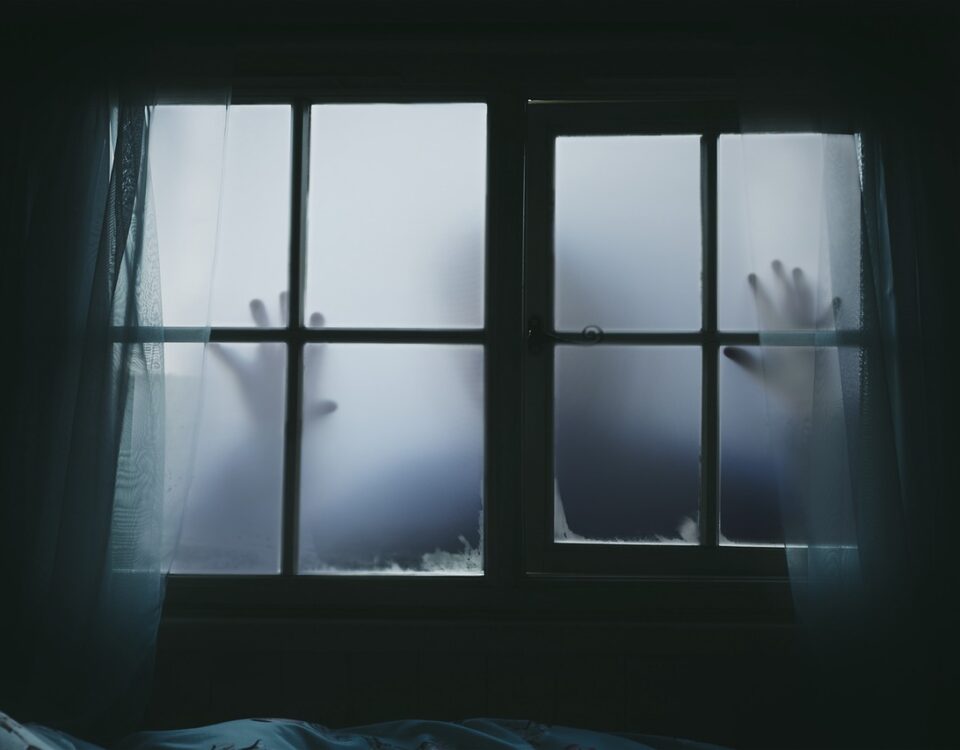
Our Weekly Roundup: From Misery to Chocolate
November 1, 2014
The Unintended Consequences of Daylight Saving Time
November 3, 2014In 1975, on June 20, Jaws opened in movie theaters. Subsequently known as the first summer blockbuster, it never could have become a summer blockbuster without air conditioning.
For three minutes of movie fun and horror, do watch this Jaws trailer:
Our story actually begins during May 1880 when New York City had a freak heat wave. With temperatures topping 90 degrees, ticket holders for the one hundredth performance of a play called Hazel Kirke were dreading a sweltering performance. To their surprise, the temperature indoors was 70 degrees because of a $10,000 (close to $245,000 in today’s dollars) state-of-the-art cooling apparatus. Once word of the cool air spread, crowds rushed to see the play.
So let’s say we have…
#1: More comfortable theaters
Fast forward to 1902. The place is a Brooklyn publishing and lithography firm. Known for their high quality color printing, they were having humidity problems. On hot summer days they shut down, missed deadlines and discarded ruined, crinkly paper. Working with an experimental engineer named Carrier, they become the first business to increase productivity with a mechanical air conditioning system.
#2: Manufacturing productivity
In NYC, John Jacob Astor IV, the owner of the Hotel Astoria (that eventually merged with its next door neighbor the Hotel Waldorf), moved onward to a new project with the St. Regis. His idea for the St. Regis was air conditioning. Costing an astronomical $300,000 in 1904, the hotel’s air conditioning provided heretofore unknown comfort during the summer months.
As for homes, we had to wait until the 1940s. For centuries, higher ceilings, strategically placed windows, and sleeping porches had been architectural necessities. Beginning after World War II, because of AC, air flow was no longer a the same problem.
#3: At home comfort and productivity
While department stores could become cooler and less smelly with better ventilation, management resisted—even though customers were fainting from the summer heat. Then, in 1924, Hudson’s allocated $250,000 (more than $3 million today) to the basement level (and soon after all) of its Detroit store. With sales clerks invigorated and customers comfortable, the store’s popularity soared.
#4: Retail sales
To our growing list we can add that radio broadcasting studios soon realized AC minimized outside noise, skyscraper architects wanted climate control, chocolate makers could finally prevent melting while pasta needed cool air for drying. In addition, heat producing equipment ranging from AT&T’s original switchboards to contemporary computer servers need cooling. And yes, Southern California, Arizona and Florida became more comfortable.
We could go on and on, moving from a private firm’s innovation to the ripple of an impact that returns us to Jaws.
Our Bottom Line: Private and Social Return
Long ago Edwin Mansfield (1930-1997), a University of Pennsylvania economist, said that a seemingly small technological innovation can have a large impact through its private and social return. While he was referring to inputs like a new kind of thread, air conditioning is the perfect example. The private return might go to Carrier Air Conditioning Company of America and other early producers. But then, the ripple of a considerable social benefit unfolds when other people use the invention as a springboard for saving time and generating knowledge.
![econlifelogotrademarkedwebsitelogo[1]](/wp-content/uploads/2024/05/econlifelogotrademarkedwebsitelogo1.png#100878)




1 Comment
And thanks to energy-efficient HVAC systems, we continue to enjoy a comfortable working environment without compromising Mother Nature.